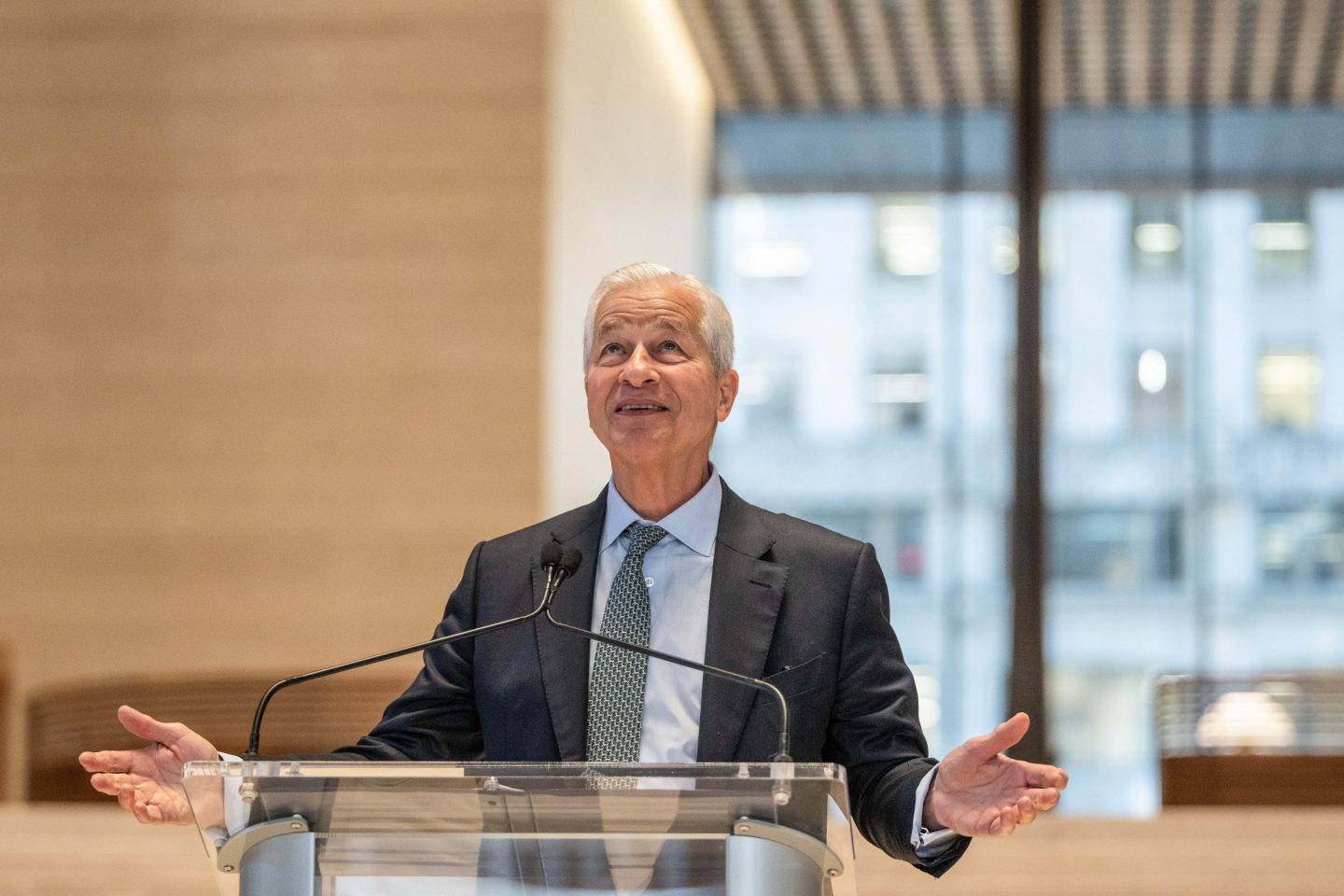Amazon’s biggest shopping day of the year in 2016 wasn’t actually during the winter holiday shopping rush—but in July.
Prime Day, a one-day sale exclusively for members of its Prime subscription shopping service, debuted in 2015 in the same vein as Black Friday to encourage more spending among its core customer base. The tradition is expected to continue this year, but it might not even be limited to just a day but extended to the entire second week of July, based on chatter in a number of Amazon seller forums.
For sellers, Prime Day offers the potential to add more sales in the week from Prime members, who are known to spend more on Amazon than non-Prime members. Prime members spend an average of $1,300 annually with Amazon, compared to about $700 for non-members, according to research firm Consumer Intelligence Research Partners. Amazon said in 2015 that Prime enrollments peaked one day before the first annual Prime Day.
Get Data Sheet, Fortune’s technology newsletter.
Amazon has not released sales numbers from Prime Day except to say that last year’s Prime Day on July 12, 2016 generated the most sales ever on a single day-surpassing Black Friday and Cyber Monday. But retail advisory firm FBIC predicted in 2016 that Prime Day could generate $525 million in sales, which was up 26% from the 2015 prediction.
Prime Day is also reminiscent of another marketing event born of a major competitor. Chinese e-commerce giant Alibaba was one of the pioneers in creating an additional non-holiday shopping day with the introduction of Singles Day in 2009.
According to shopping blog BestBlackFriday.com, Amazon contacted its sellers about participating in Prime Day this year in May, indicating that the shopping holiday will take place in the second week of July. Since then, some sellers have speculated in online forums that Prime Day will be longer than just 24 hours of deals, and will extend for just 30 hours. Others theorized Amazon is expanding the marketing of the day itself to “Prime Week,” but not all of the same deals will run each day.
Sellers who participate in Prime Day sales must have products that are highly rated (three stars or more), and that deals must have at least 20% discount on the original price with enough product quantity to last for six hours. In addition, sellers are charged a $500 fee to participate in a Prime Day deal.











